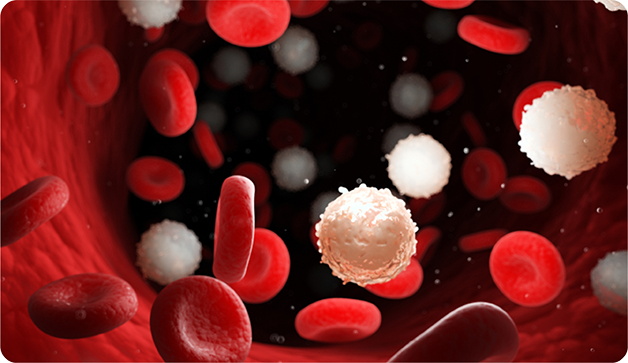Leukaemia
Leukaemia or acute lymphoblastic leukaemia (ALL) affects the blood and bone marrow. This type of cancer is caused by the excessive production of immature white blood cells called lymphoblast. Hence, the name lymphoblastic leukaemia.


Bone marrow is the body responsible for the production of blood cells. Since leukaemia affects the bone marrow, the production of healthy blood cells in the body is halted. Hence, patients with leukaemia are more prone to other conditions such as anaemia, recurrent infections, or bleeding.
Leukaemia is a rapid type of cancer in which the cancerous cells begin to proliferate and spread to other organs specifically lymph nodes, spleen, liver, brain, and spinal cord. Hence, any abrupt symptoms should be acknowledged and brought to the physician’s attention.
Types of Leukaemia
Leukaemia is of the following types
- Pre-B-cell ALL This is the most common type in children and is found in 85% of cases. This cancer develops in the B-lymphocytes that are in the early stages in the bone marrow
- B-cell ALL: This cancer develops in the mature B-lymphocytes.
- T-cell ALL This cancer is the second prevalent type in children and is found in 15% of the cases This cancer affects the T-cells in the bone marrow.






